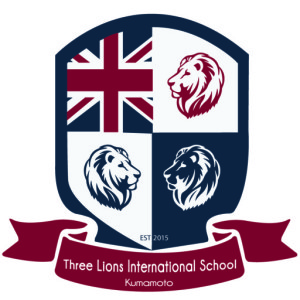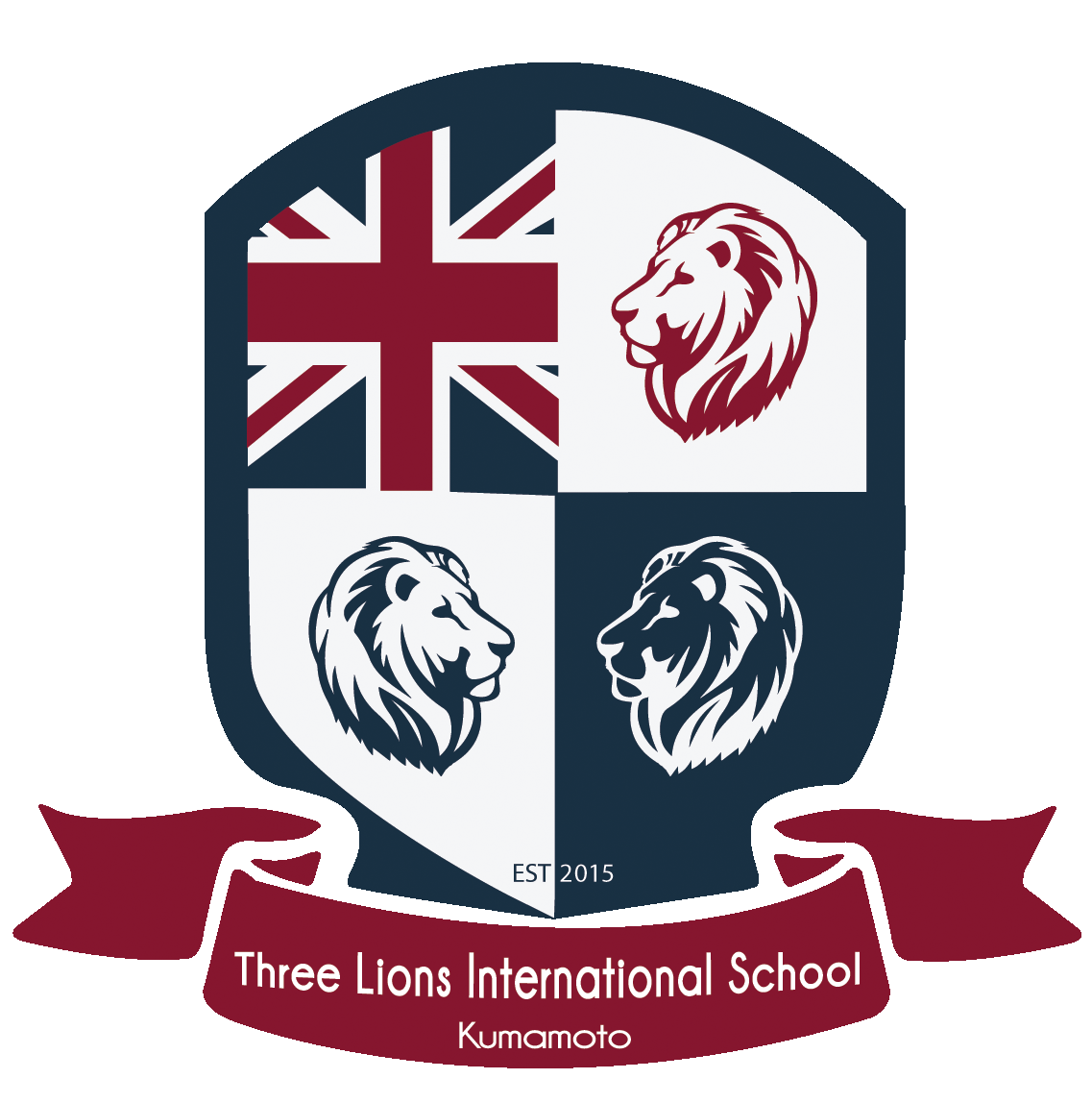日本語 と 英語 (English article is below)
ここで言葉の定義について説明しておきます。日本で「プリスクール」と呼ばれている保育施設は、一般の幼稚園や保育園と同じ感覚で大丈夫です。欧米では厳密にいうと、ナーサリースクール、プリスクール、キンダーガーテンなど細かく分かれていますが、日本では英語保育をしている施設は総称で「プリスクール」と呼ばれています。幼稚園・保育園ガイドの吉森福子さんの記事、「英語保育のプリスクールは幼稚園?保育園?」に詳しく書かれています。
くまもとのプリスクールの知識を深める? 詳細はここをクリックしてください。
プリスクールを選ぶ一つの理由として、「親は英語を話せない。子供のうちから英語に親しませておけばいずれバイリンガルになる」という期待感もなきにしもあらず。親自身が何年も英語を習ってきても話せるようにならなかった・・という英語コンプレックスも多少影響しているのかもしれません。
プリスクールとは?

くまもとのプリスクールの知識を深める? 詳細はここをクリックしてください。
What is a daycare or preschool?
Preschools generally provide early education and care for children aged between three and six years, although some may be licensed to take children from two years of age. Preschools are warm and welcoming community hubs, where connections are made and relationships are built.
So basically a preschool is a school for children who are too young for kindergarten, typically starting at age 2 or 3. The preschool experience teaches your child to socialize with peers and gives early exposure to oral language, letters, phonemes, words, math concepts, science and other important building blocks for early education. For working parents, preschool can also provide vital child care during the work day, either in conjunction with a nanny or by itself.
But you probably knew that already. A more useful answer to the question, “What is a preschool?” will provide a brief introduction to the different types of preschool educations. It’s not easy to know whether a preschool or daycare is best for your child, but it may help to start with the most common types of preschool educations. Want to speak to someone now about international preschools? click here and we can assist.
Montessori Preschool A Montessori preschool relies on the principles of self-reliance and peer-to-peer interaction made famous by Maria Montessori, a physician and educator who educated children of working class parents by teaching them personal care, cleaning, cooking and other repetitive activities. The core of the Montessori preschool philosophy is for children to become self-reliant and capable, under the guidance of a teacher. However, schools that use the Montessori brand can differ dramatically in their curriculum and quality, so investigate thoroughly before accepting the label at face value.
Waldorf Preschool Almost the opposite of Montesori, Waldorf preschools follow the teachings of Rudolf Steiner, who sought to integrate art with other educational disciplines.
Waldorf schools typically rely heavily on natural play materials, like branches and yarn, and incorporate fairy tales, song and spirituality into the lessons. In one difference between Montessori and Waldorf, the Waldorf schools typically stick more closely to the Waldorf Association’s standards.
Reggio Emilia Also known as child-directed education, the Reggio Emilia approach was started by Italian teacher Loris Malaguzzi.
This philosophy gives children control over the direction of their learning and is based on principles of respect and responsibility. In a Reggio Emilia classroom, teachers will build on the group’s interests to create lessons around a topic that the children enjoy, whether that’s trucks, architecture or a favorite picture book character.
Find out more about Kumamoto’s Three Lions International School by clicking here.

